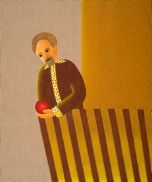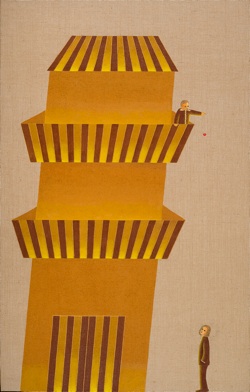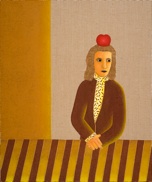Galileo Galilei (1564-1642) was an astronomer and physicist whose profound discoveries continue to shape the way we think about the physical world. Galileo offered an alternative view of physical forces that overthrew 2000 years of Aristotelian physics. He formulated the concept of inertia and his study of motion aided in the creation of Newton’s Laws. Galileo’s experiments helped Newton realize the Law of Universal Gravitation. Einstein called Galileo the father of modern science.
Isaac Newton (1643-1727) invented the first reflecting telescope and created modern optics. In Principia Mathematica, one of the most influential books in the history of science, Newton outlined his laws of motion and his concept of gravity. He created calculus to express his ideas and unified the work of Galileo and Kepler. Newton’s ideas about the physical world became the foundation of modern physics and lasted unchallenged until Einstein proposed his theories of relativity.
Galileo and Newton observed the moon and the stars and helped to create the modern scientific method. They saw the mathematical in nature but they also saw the personal. Despite their keenly analytic minds and sometimes garrulous personalities, the poetry of the Universe was not lost on them, enabling Galileo to observe "The Sun, with all the planets revolving around it, and depending on it, can still ripen a bunch of grapes as though it had nothing else in the Universe to do."



